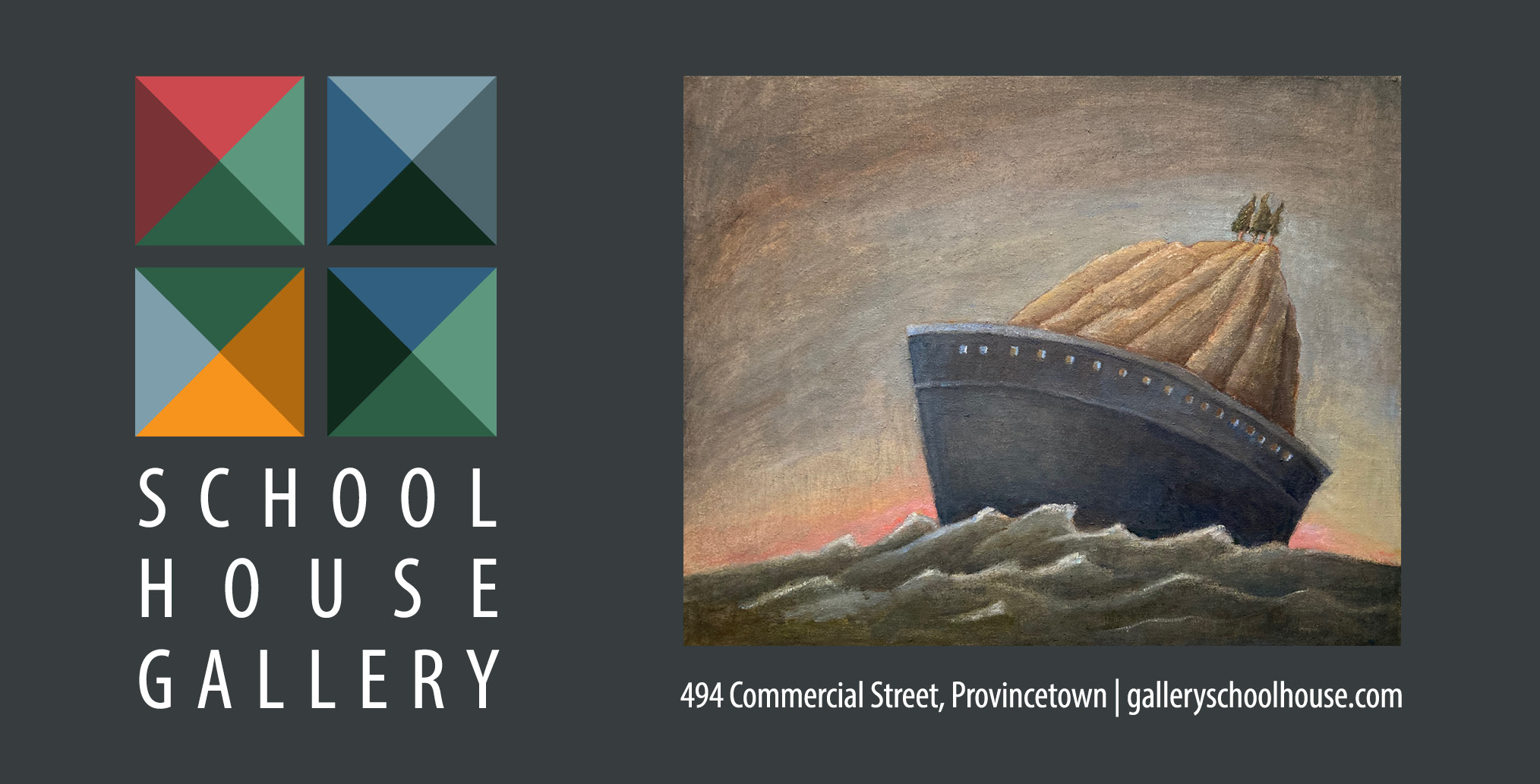You don’t have to spend hours preparing for an Easter egg decorating party. On a rainy Saturday morning before the holiday weekend, Agata Storer puts 24 white-shelled eggs on to boil, covers her Wellfleet kitchen table with newspapers, and spreads out a hodgepodge of art supplies.
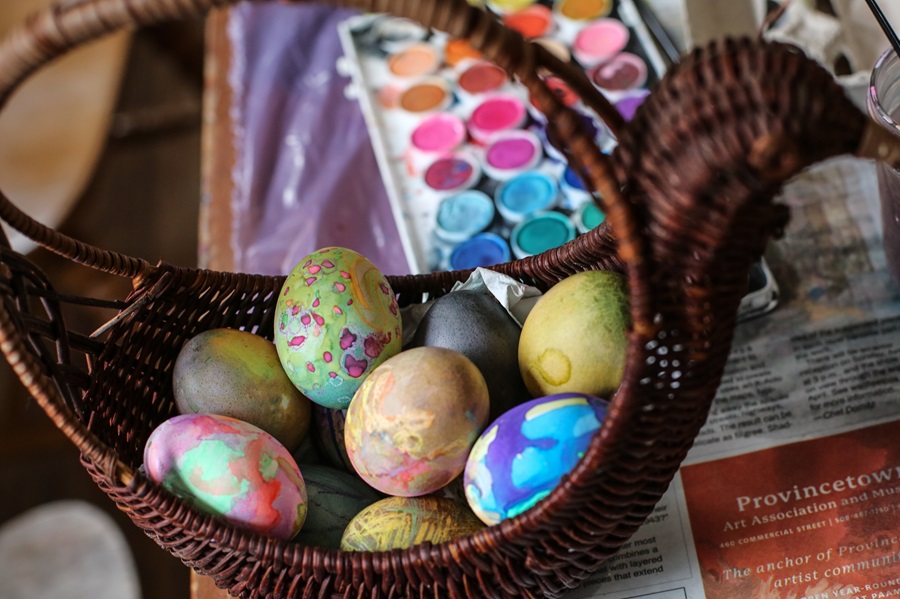
Soon, the hard-boiled eggs are cool enough to handle, and Storer’s children, Malina and Noah, and their friends Mila and Rio Davies, descend on them, ready to experiment. There are watercolor paints, tubes of acrylics, and cups of dye made from food coloring mixed with vinegar and boiling water. Crayons are available to employ “wax resist” — when eggs that have been drawn on are dipped in the dye, the wax won’t hold color, and the drawn designs seem to glow.
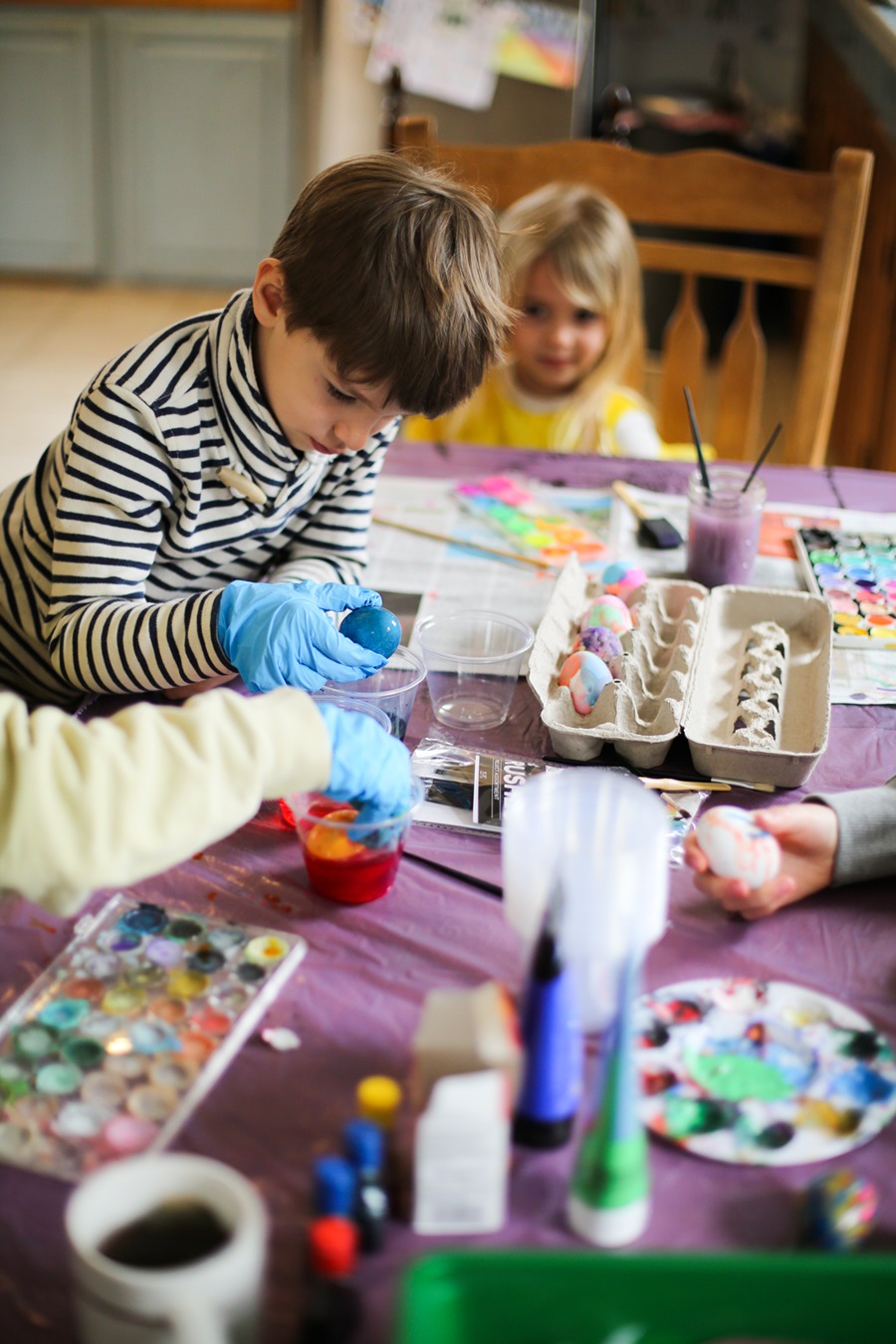
In Poland, where Storer grew up, Easter celebrations last for three days, including the Monday after the holiday — Śmigus-dyngus, which translates as “wet Monday,” during which children douse one another with water. On the Saturday before Easter, Poles get down to business painting hard-boiled eggs, called pisanki. Roman Catholics bring the painted eggs in a basket to their priest to be blessed. Then, on Sunday morning, they peel them, divide them into wedges to share with friends and family, and devour them, blessings and all. Storer grew up in a Protestant household, so her family skipped the blessing part.
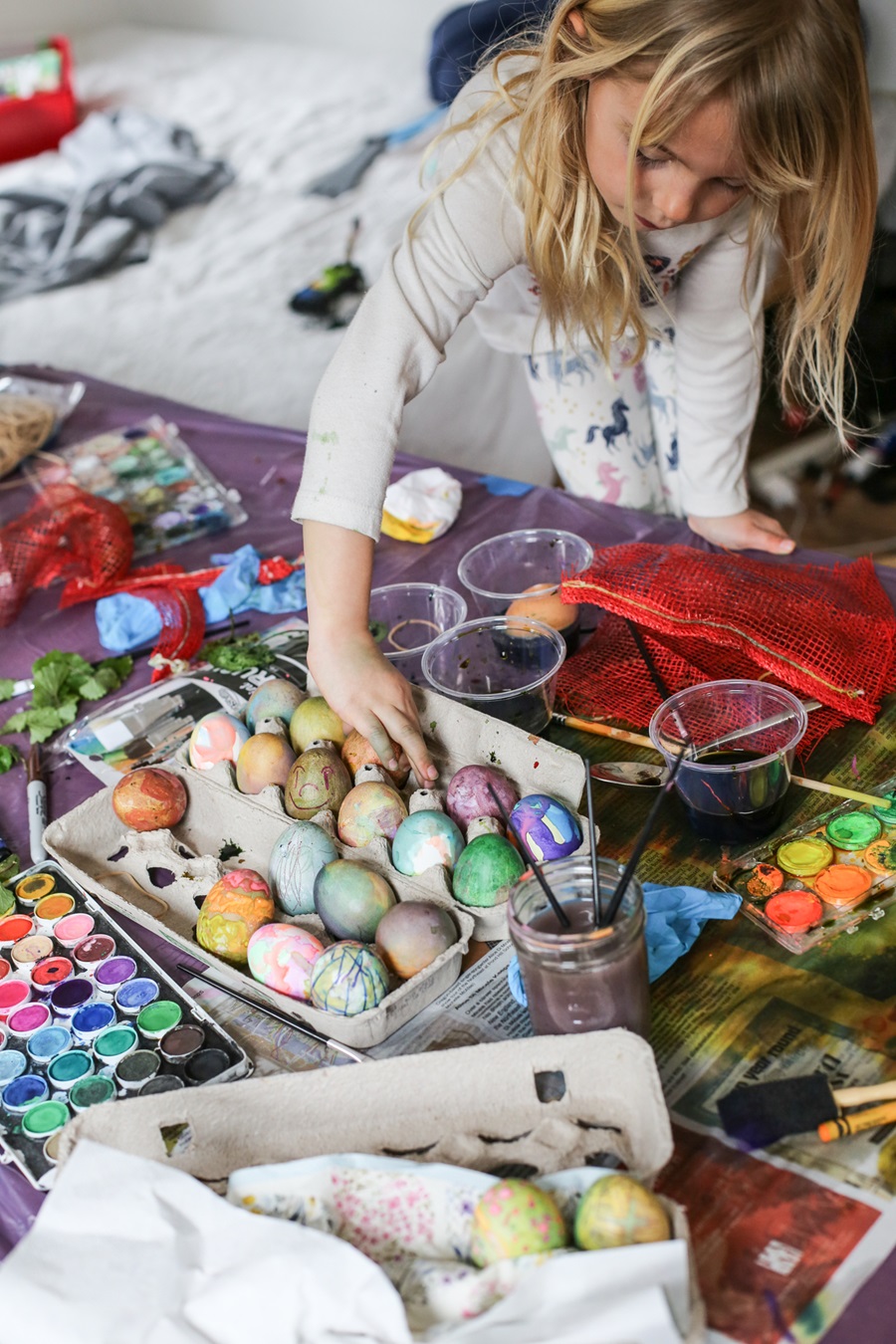
Some families used only natural dyes and decorations for their eggs: purple cabbage and onion skins and spinach for color, Storer recalls. But natural dyes take a while to make, and the colors are less intense. “My family was hardcore,” says Storer. They opted for “toxic paint,” markers, and glue. In any case, when they peeled off the shells, the eggs underneath were clean.
Storer, a photographer whose work often appears in the Independent, describes a more delicate pisanki tradition involving poking a hole in the top of a raw egg, then blowing the yolk and white out of the shell before painting it. But hard-boiled eggs are sturdier and, she says, better suited for handling by children.

“Messiness is built into this process,” says Storer. There are only two plastic gloves available. Plastic bags, wrapped haphazardly around small hands, will have to suffice. Eggs roll across the table, prodded by paintbrushes.
The kids go for color — except Mila leaves the crown of an egg pure white. “He’s bald,” she says. Nearby, Noah and Rio dunk eggs over and over into muddied dye until they resemble gulls’ eggs, or maybe rocks. Malina holds up an egg with a painted face.
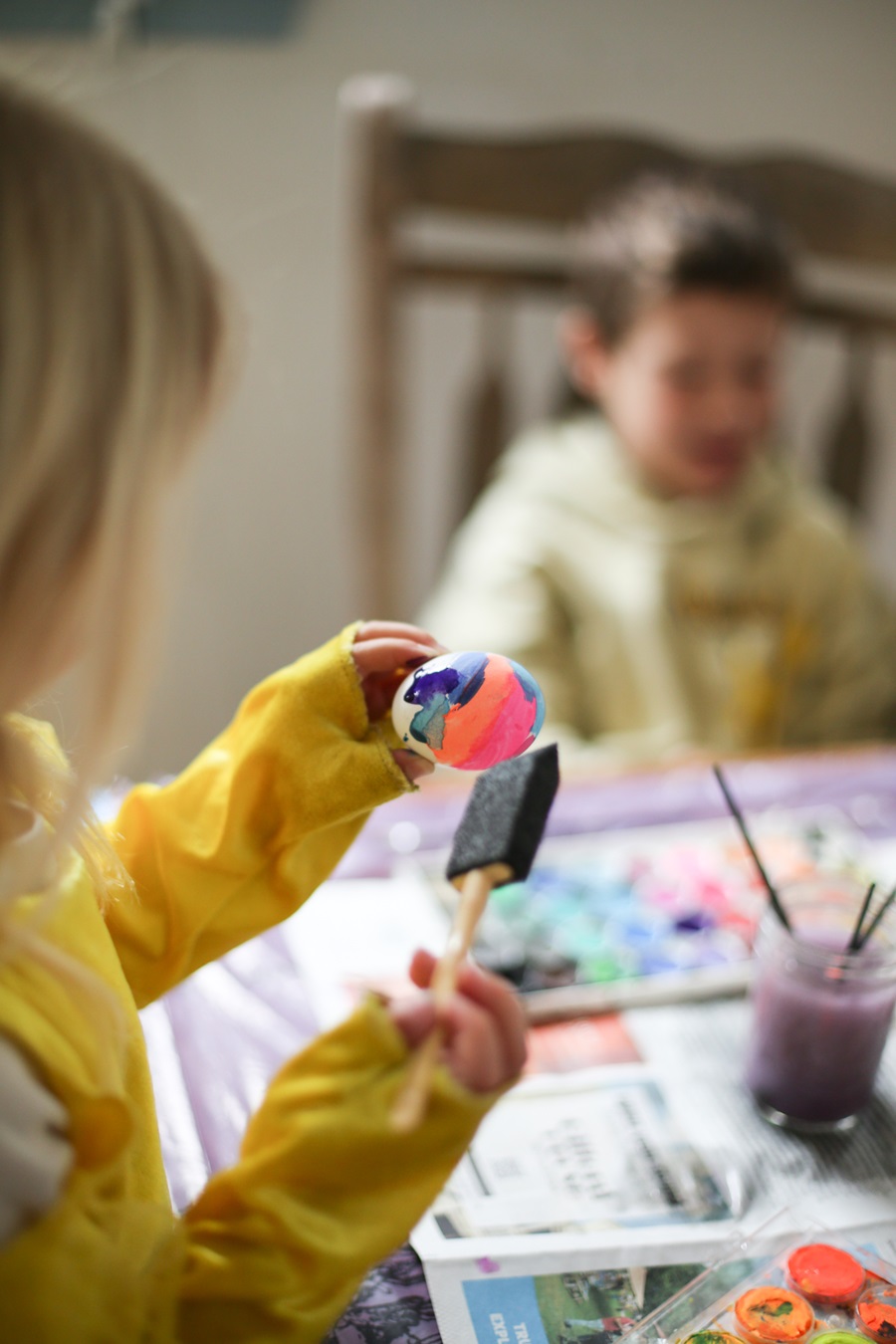
The adults in the room busy themselves trying out techniques: Rubber bands create white lines against colored dyes, and plastic netting, wrapped tightly around dipped eggs, will make a cross-hatched pattern. Justine Ives, Mila and Rio’s mother, uses watercolors and crayons to speckle an egg before dipping it. The resulting pink marks look like new petals against the egg’s pale green oval.
Mila declares the last egg complete: “How do you know when your egg is finished?” a grown-up asks. Mila just laughs.

In the end, all the eggs, together in a basket, are as beautiful as a bouquet of wildflowers. On Easter, they’ll be eaten — “with mayo,” says Storer.

